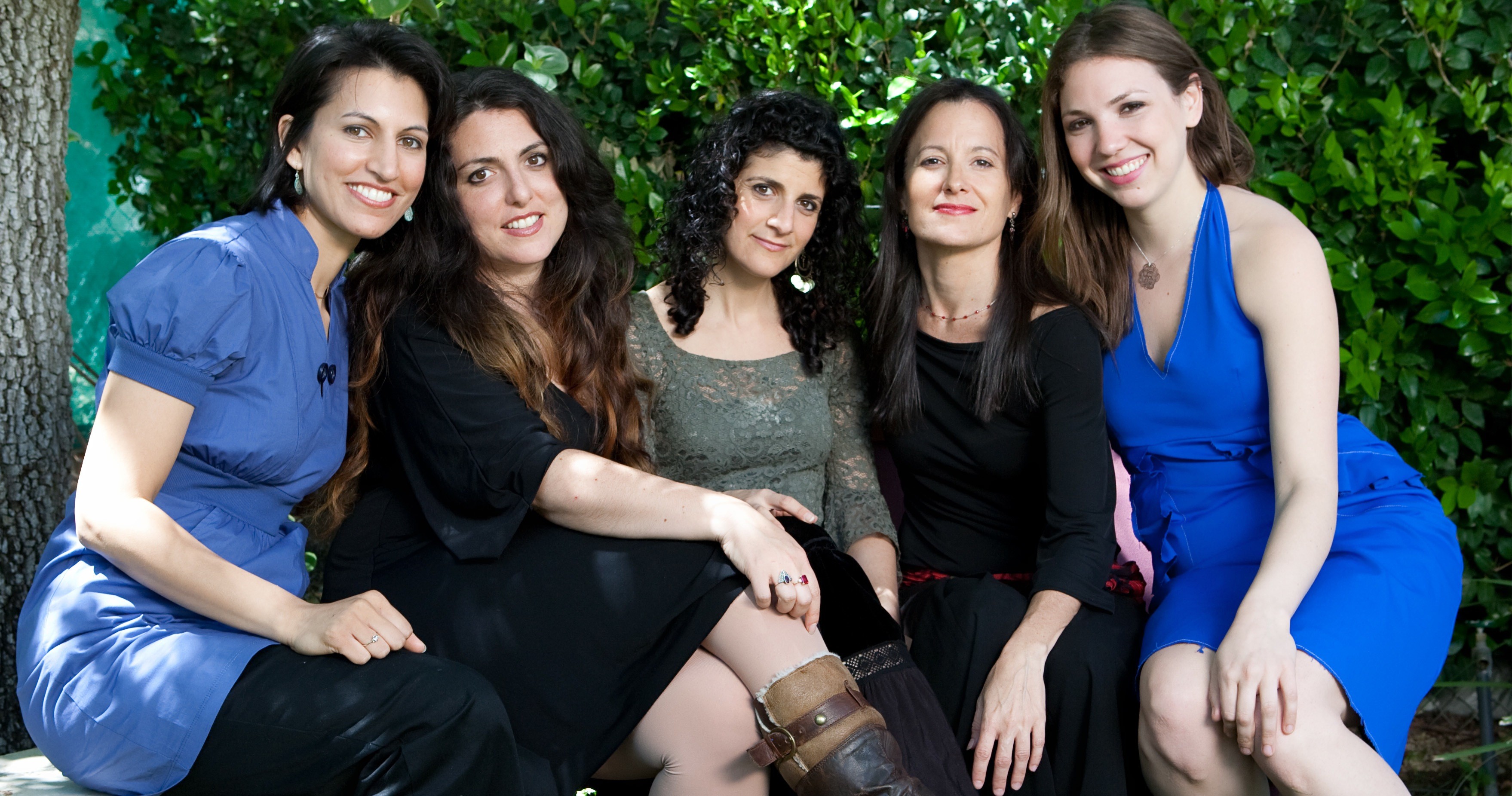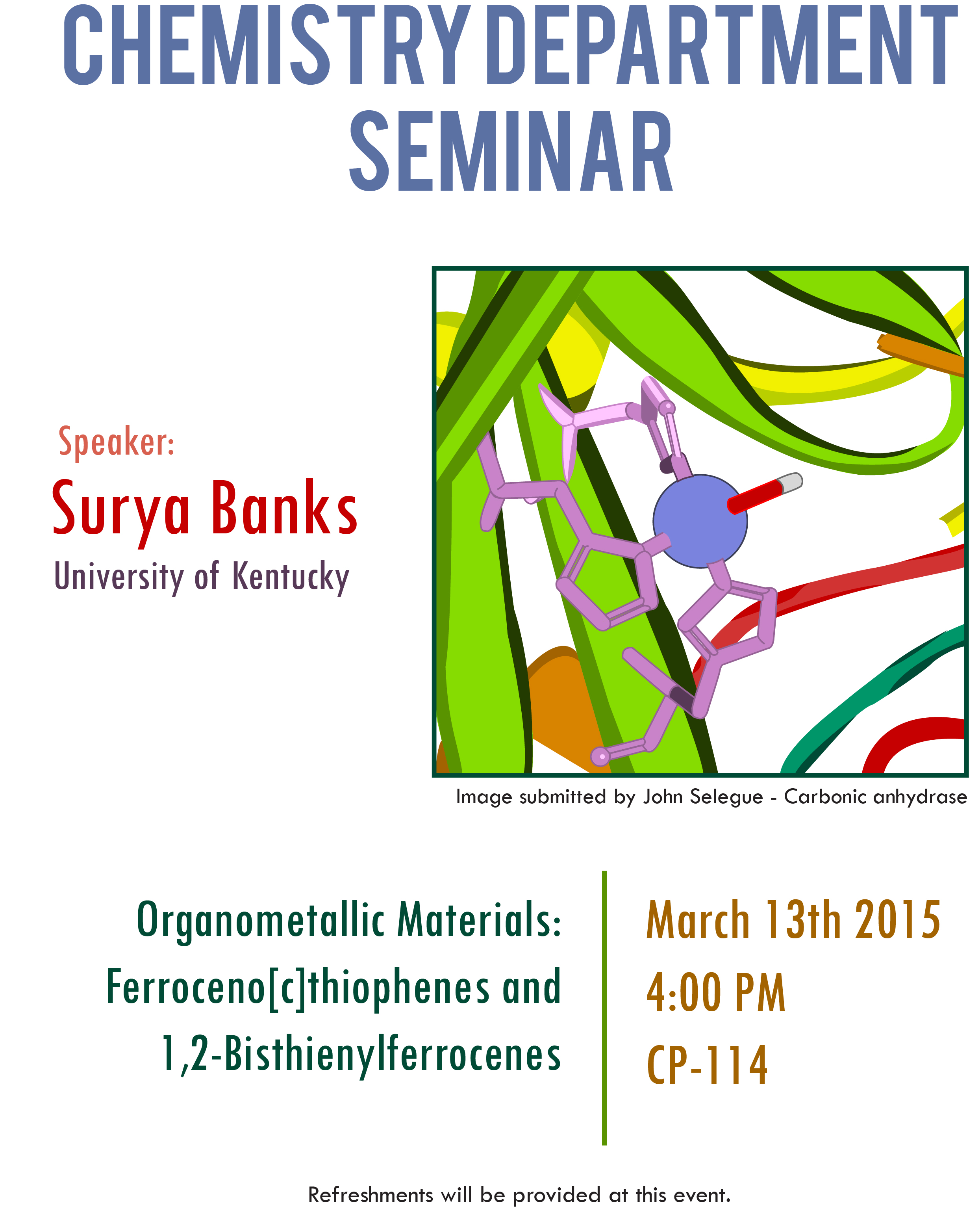Year of The Middle East Finale: Divahn
Divahn features the Middle Eastern and Sephardic Jewish Music of Galeet Dardashti.
Iranian-descended singer Galeet Dardashti leads Divahn's edgy all-female power-house ensemble. The group has engendered an international following, performing in venues ranging from international concert halls to the most prestigious clubs in NYC. Infusing traditional and original Middle Eastern Jewish songs with sophisticated harmonies, entrancing improvisations, and funky arrangements, Divahn's thrilling live shows feature lush string arrangements, eclectic Indian, Middle Eastern, and Latin percussion, and vocals spanning Hebrew, Judeo-Spanish, Persian, Arabic, and Aramaic. “Divan,” a word common to Hebrew, Persian, and Arabic, means a collection of songs or poetry. Through their music, the group creatively underscores common ground between diverse Middle Eastern cultures and religion.



